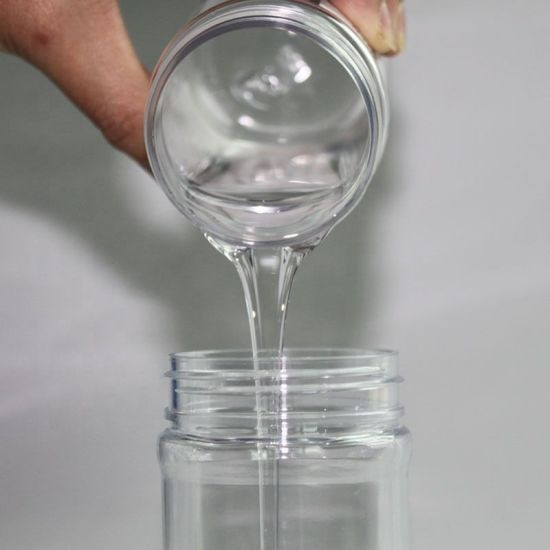Salicylaldehyde is an organic substance with the chemical formula C7H6O2, a colorless to yellow oily liquid with a burning and almond odor. Slightly soluble in water, soluble in organic solvents such as ether. Salicylaldehyde is a spice and a very versatile intermediate in organic synthesis. By the reaction of phenol and chloroform in sodium hydroxide solution.

Precautions for the use of salicylaldehyde
1. Hazard overview
Health hazards: Salicylaldehyde is irritating to the respiratory tract, causing cough and chest pain after inhalation. Irritating to eyes and skin.
Explosion Hazard: Salicylaldehyde is flammable, toxic and irritating.
2. First aid measures
Skin contact with salicylaldehyde: Remove contaminated clothing and rinse skin thoroughly with soap and water.
Eye contact with salicylaldehyde: Lift eyelids and flush with running water or normal saline. Seek medical attention promptly.
Inhalation of salicylaldehyde: quickly leave the scene to fresh air. Keep the airway open. If breathing is difficult, give oxygen. If breathing stops, give artificial respiration immediately. Seek medical attention promptly.
Ingestion of salicylaldehyde: Drink plenty of warm water, induce vomiting, and seek medical attention in time.
3. Fire protection measures
Hazardous characteristics: Salicylaldehyde can easily burn and emit toxic gas when exposed to high heat, open flame and strong oxidant.
Hazardous combustion products: carbon monoxide, carbon dioxide.
Extinguishing method: Use water mist, foam, carbon dioxide, dry powder, sand to extinguish the fire.
4. Emergency treatment of salicylaldehyde leakage
Emergency treatment: quickly evacuate the personnel from the leaked contaminated area to a safe area, isolate them, and strictly restrict access. Cut off the source of ignition. It is recommended that emergency personnel wear self-contained positive pressure breathing apparatus and protective clothing. Cut off sources of leaks as much as possible. Prevent flow into restricted spaces such as sewers and flood drains.
Small spills: Absorb or absorb salicylaldehyde with sand or other non-combustible materials. It can also be washed with plenty of water, diluted with the washing water and put into the waste water system.
Large spills: Construct dikes or dig pits for containment. Cover salicylaldehyde with foam to reduce vapor hazards. Transfer it to a tanker or a special collector with a pump, and recycle it or transport it to a waste disposal site for disposal.
5. Handling and storage of salicylaldehyde
Operation precautions: closed operation, provide sufficient local exhaust. The operation is as mechanized and automated as possible. Operators must undergo special training and strictly abide by operating procedures. It is recommended that operators wear self-priming filter respirators (half masks), chemical safety goggles, gas-penetrating respirators, and chemical-resistant gloves. Keep away from fire and heat sources, and smoking is strictly prohibited in the workplace. Use explosion-proof ventilation systems and equipment. Prevent vapors from leaking into the workplace air. Avoid contact with oxidants, acids and bases. When handling, it should be lightly loaded and unloaded to prevent damage to packaging and containers. Equipped with the corresponding variety and quantity of fire fighting equipment and leakage emergency treatment equipment. Empty containers may be harmful residues.
Storage Precautions: Store salicylaldehyde in a cool, ventilated warehouse. Keep away from fire and heat sources. Keep container tightly closed. Salicylaldehyde should be stored separately from oxidants, acids, alkalis, and edible chemicals, and should not be mixed. Equipped with the appropriate variety and quantity of fire equipment. Storage areas should be equipped with emergency release equipment and suitable containment materials.








